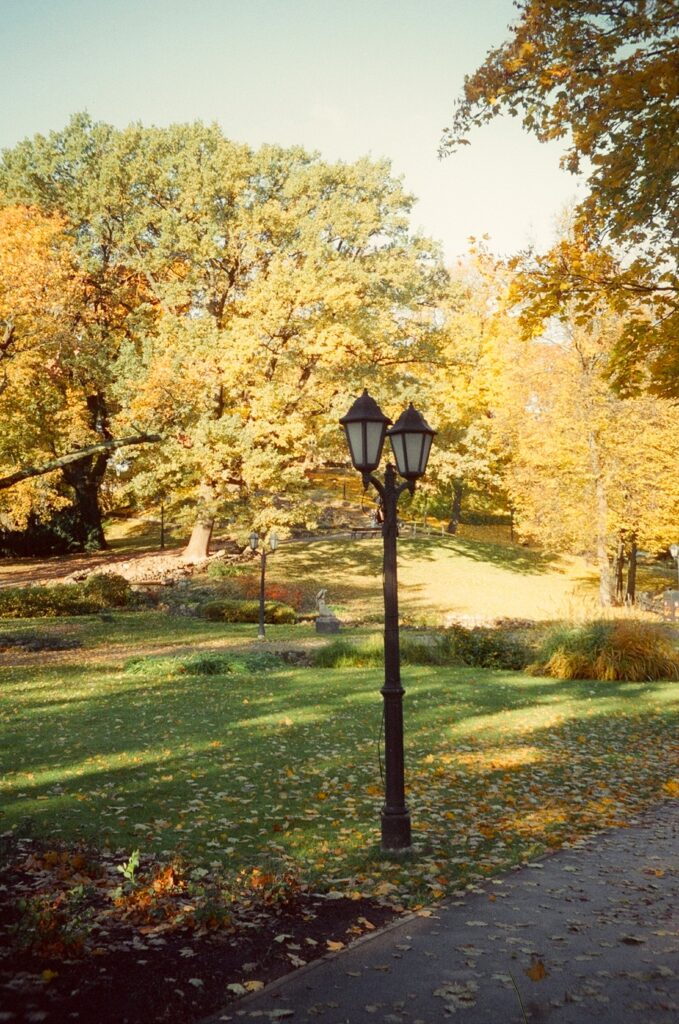This article was written by Leigh Allen, PWLTMN

Photo by Krišjānis Kazaks on Unsplash
Texas is transforming – it’s becoming a landscape where concrete and nature come together in a delicate balance. Did you know that over 86% of Texans now call urban areas home? The state’s six major metropolitan areas – including Houston, San Antonio, Dallas-Fort Worth, Austin, El Paso, and the lower Rio Grande Valley – are bustling hubs that cradle more than 70% of the population.
As cities grow and green spaces shrink, nature needs champions more than ever. Enter the Texas Parks and Wildlife Department’s Urban Wildlife Program – a team of biologists stationed in the top six urban areas, ready to bridge the gap between city life and the natural world.
Urban wildlife biologists work to improve the relationship between people and wildlife in urban areas. They provide the following:
- Technical assistance: Provide guidance on natural resource management, site assessment, and sensitive wildlife populations
- Public education: Conduct educational programs for a variety of groups, including schools, city officials, and conservation groups
- City and regional planning: Assist with public policy, city and park master plans, and sustainable development planning
- Wildlife and habitat management plans: Create plans for public and private properties
- Outreach: Work with the public to find ways to make interactions between people and wildlife beneficial
- Research: Conduct research on urban biology
Our local Houston Area Urban Wildlife Biologists are:
Addison Gaines
[email protected]
(281) 456-7029
Kelly Norrid
[email protected]
(281) 456-7029
How can we help our Urban Wildlife Biologists?
At the Texas Master Naturalists’ 2024 Annual Meeting Sam Kieschnick, the Urban Wildlife Biologist for the DFW area, challenged members to become nature detectives in urban small parks. His mission? Gather as much data as possible in iNaturalist to support the critical work of Urban Wildlife Biologists.
The Piney Wood Lakes chapter has stepped up to this challenge! The plan is simple but insightful: identify one urban small park in each of our four counties and conduct a mini-bioblitz four times a year – once during each season. This project will kick off with the 2025 training class, and we hope they are ready to not only take on the challenge, but carry it forward for years to come.
What Exactly is a Bioblitz?
Imagine a nature scavenger hunt where you become a detective of the natural world. A bioblitz can be an event where one or multiple people come together to discover and identify as many living things as possible in a specific area. And the best part? You can do this almost anywhere – your backyard, a local park, or even a nearby forest trail! PWL is going to concentrate on Urban Small Parks for this project. Here are a few sample parks in our area – but feel free to suggest others!
- Polk County – Onalaska City Park
- Trinity County – Trinity City Park
- San Jacinto County – Wolf Creek Park (need to check availability)
- Tyler County – Woodville City Park
Planning Your Personal Bioblitz Adventure
Quick Tip: Check out iNaturalist to see what others have already discovered in your area. You might find some hidden gems!
Consider these factors when planning your bioblitz:
* Weather conditions
* Plant flowering seasons
* Your own schedule
* Time of day (different creatures are active at different times!)
Most people find that a 2-4 hour adventure works best. But if you’re feeling extra adventurous, you could plan a longer expedition!
Set Your Mission
What do you want to discover? Some fun goals could include:
* Identifying as many species as possible
* Focusing on a specific type of organism (like birds or insects)
* Investigating how humans impact the local environment
* Tracking changes in local biodiversity
Your Bioblitz Toolkit
Digital Gadgets
* iNaturalist App: Your ultimate nature identification buddy
* SEEK by iNaturalist: A fun app for kids (and kids at heart!)
* Smartphone camera
* Sound recorder
Traditional Explorer Gear
* Field notebook
* Bug Spray
* Binoculars
* Bottled water and snacks
* Portable stool
Tips for Observations
* Take multiple, clear photos
* Capture different angles and scales
* Note the date, time, and location
* Describe the habitat and behavior
* Avoid counting the same critter twice!
Walking around helps you identify more plants, but sitting still for a while will help identify more of the wildlife that may freeze or run off when you’re walking through. A combination of both walking and sitting will help identify more organisms than doing either one on its own.
This process works well for the Adopt-a-Loop Project, also.
If you have any questions about doing your own personal bioblitz contact Leigh Allen at [email protected]. As mentioned above, this project will be presented to the 2025 trainees so stay tuned.


